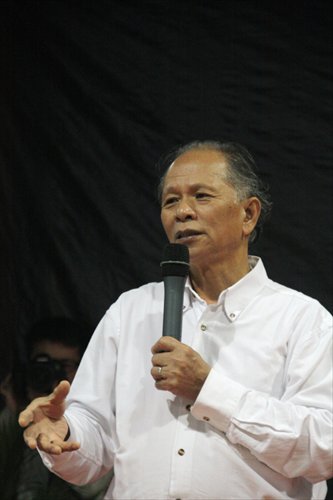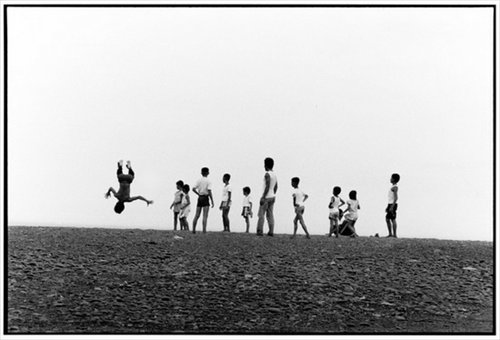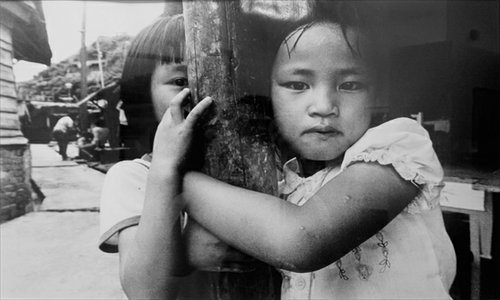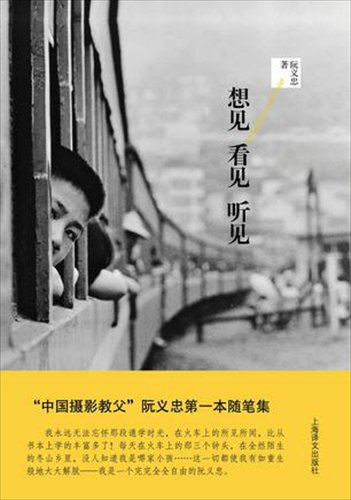The godfather of Chinese photography

Juan I-Jong is dubbed the godfather of Chinese photography Photos: CFP and Global Times
Juan I-Jong, the man dubbed the godfather of Chinese photography, is now in his 60s. Gone is his curly black hair but his eyes remain bright and piercing. He was once appraised by influential Chinese painter Chen Danqing as a preacher who introduced international photography to China. Over the years, he established the bilingual magazine Photographers International, and published numerous photo collections and monographs, such as Man and the Land and Lost Elegance.
Although known for his photography, Juan has been engaged in writing since he began working for a magazine in the mid-1970s. "I was a photojournalist then. But in order to save costs, the editor told me to both write and shoot. That's when I began to write for work," Juan recalled during a book release event at Jifeng Bookstore on January 14. Titled To Think, To See, To Hear, the book is his first essay collection.

Photo works included in Juan's new book

Photo works included in Juan's new book
Juan has been writing essays over the years while working on other projects. Eventually he accumulated enough essays to publish a book. "I used to paint a lot, which received wide recognition because my style was avant-garde and bold. Writing is much harder than painting. It needs careful refining and polishing."
Born in 1950 in the Taiwanese countryside, Juan spent lots of time reading and painting because he was anxious to escape the rural village life he led as a child. "World classics inspired me and broadened my horizons. I never thought of being a master like Tolstoy or Dostoyevsky. But when I discovered Western philosophy, I was excited to find that even the tiniest daily details, human fantasies and dreams could be so concretely depicted and published. I thought why not give it a try? So I began to write some existential short fiction," Juan recalled.

The book cover of To Think, To See, To Hear
After Juan completed his compulsory service in the army, he worked for Echo Magazine, where he took up photography. As he gained experience in journalism, a TV station asked him to make documentaries. Juan was not only responsible for directing and editing, but was also the scriptwriter. "Making TV programs is different from taking photos. When I catch a moving and impressive moment with a camera, I feel connected with other beings and a sense of contentment and satisfaction. But doing TV shows dampened my passion and affection," Juan said, "so I started to listen to vinyl records while reading great books of world-class photographers, because I can hear diverse sounds and see various images from all over the world." His vinyl collection now exceeds 20,000 records.
In the late 1990s, Life magazine became the first journal in the Chinese mainland to invite Juan to write articles. At the time he was involved in charity work with his wife, at Tzu Chi Foundation, a Buddhist compassion relief organization founded by dharma master Cheng Yen. His wife became his writing assistant and they often argued over what to write about. "Things got better when the iPad was invented. I no longer need my wife to help me. It's simple to use and I'm free to write whatever I want now," he joked.